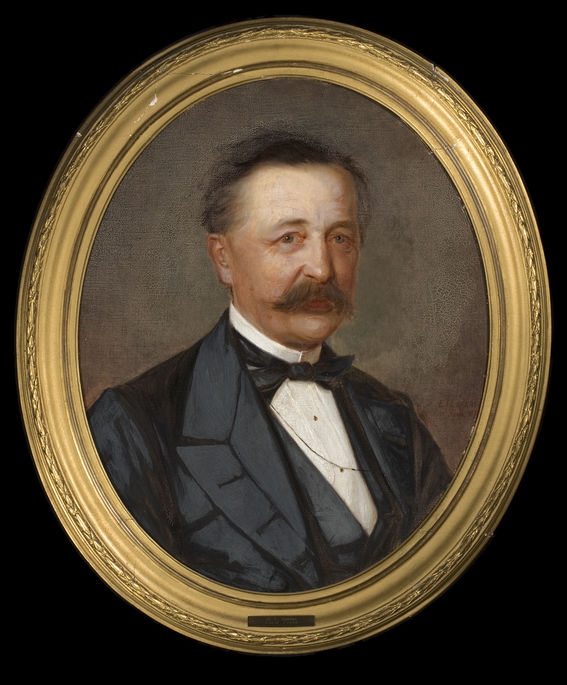Foundational engineer
Helsinki Technical School (Helsingin Teknillinen Reaalikoulu, HTRK) was established by decree on 9 June 1847. During the following autumn and winter, Saelan completed a number of additional studies at the university and was appointed the school's first director on 5 September 1848. The school was housed in a stone building at Aleksanterinkatu 50, rented from the master upholsterer Jonas Litonius. Saelan was given a long-term apartment on the third floor of the building.
Teaching in the school began on 15 January 1849.
In a report sent to the Manufactory Board – a distant predecessor of the modern Ministry of Economic Affairs and Employment – in the summer of 1849, Saelan emphasised the need to take a more practical approach to the school's curriculum. The new curriculum, based on mathematical and scientific research, was introduced in 1858. A theory-based curriculum would be adopted ten years later.
Saelan was personally responsible for the reforms, which were seen as radical. In the late 1850s, he traveled to Germany and Switzerland to see the latest methods in engineering education. From then on, the development of technology education in Finland would go hand in hand with educational institutions in the German-speaking regions of Central Europe.
Finland's first steps toward modernisation
A. O. Saelan was appointed to the Manufactory Board in the end of 1856. This connection between the school and the board – and their subsequent institutions – would remain until 1972. During the 1860s, Saelan took part in modernising the governance and economic life of Finland. He also saw his school gradually turn into a technical college.
HTRK was renamed the Polytechnic School in 1872 and the Polytechnic Institute in 1879. The latter change is also considered the origin for the teaching tradition that would be carried on in the later Helsinki University of Technology. By that point, primary and secondary education had been established and the feudal corporation system abolished in Finland. In 1908, the Polytechnic Institute became a university.
Soon after resigning as the school's director in 1872, Saelan fell ill. He died in 1874.
Following Saelan's death, a fund was set up to raise money for a monument in his memory on the grounds of the Old Church in Helsinki. The project never came to fruition, and the monument fund was merged with other funds.
Despite his central role in the first stages of Finnish engineering and technology education, A. O. Saelan was largely forgotten by the beginning of the 1900s.
